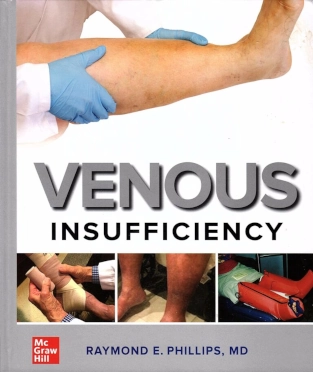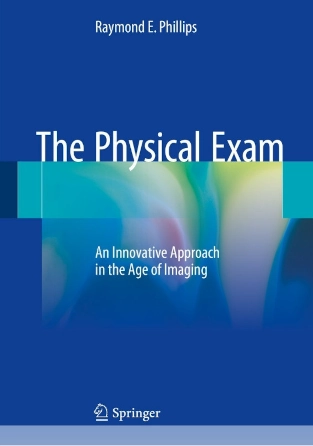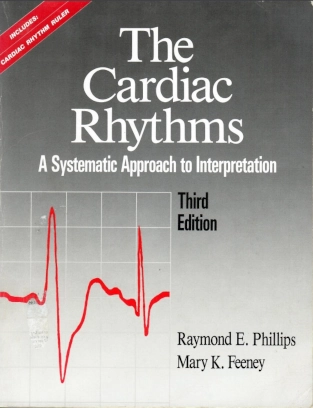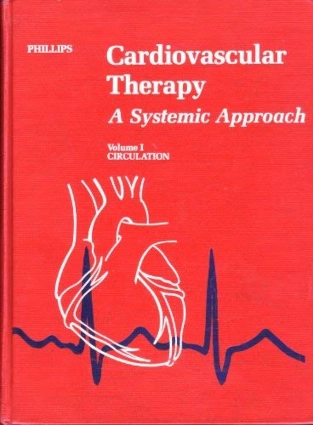Medical Publications
Swelling, aching, dermatitis and ulcers of the legs – the focus of this book – are most often caused by defects in the valves within veins. This book describes how these valves are damaged and how valvular reflux affects our “anti-gravitational system” during upright activity. Emphasis is on treating the condition by non-surgical interventions.
Venous insufficiency is a common cause of restricted activity, early retirement, and prolonged medical care. For many, it means disfiguring and troublesome skin conditions and ulcers in the legs. Despite the frequency and the exasperating nature of venous insufficiency, it is a largely under-diagnosed and under-treated condition. Yet, when identified and treated appropriately, the complications can be controlled, if not eliminated.
This accessible text offers clear cut explanations of the causes of venous insufficiency and of the symptoms and findings that point to the diagnosis. It is designed to ease the labor-intensive burden of managing the results of venous insufficiency in office practice while describing interventions that the patient and/or caregiver can apply at home. This is an essential reference for physicians, healthcare providers, and individuals dealing with this debilitating disorder.
Venous Insufficiency provides in-depth coverage of:
- Diagnosis and management of venous insufficiency
- Symptoms and causes of venous disease
- How venous disease affects individuals in various life situations, including youth, pregnancy, old age, and obesity
- Medical conditions that complicate the management of venous insufficiency
- Approaches for treatment and management, and more
This book invites the clinician to take a fresh look at the routine physical examination. It features a systematic sequence and focus that may prove more rapid and more productive than that traditionally taught. The format and level of complexity will be of value for the general clinician as well as the specialist.
“This book takes a fresh look at the routine physical examination... This approach is geared more toward experienced examiners who understand the traditional basics and can incorporate newer techniques to advance their knowledge of the physical examination. The book does take a new perspective and order of physical findings based upon the patient position, which would provide a time-saving advantage.”
Vincent F. Carr, Doody's Book Reviews; Januay, 2018
Arrhythmias are presented according to the anatomical site of impulse formation and the pathways of impulse conduction. The presentation is further organized by abnormalities that excite or depress these sites. This organization provides an easy way to envision all disorders of the cardiac rhythms.
"This book is an excellent book to learn and understand cardiac rhythms( and abnormal rhythms) This book gives enough theory to understand the rationale for the abnormal rhythms. The diagrams are good, and the explanations of the sympathetic and parasympathetic systems are logical and with good reasoning and applicable to the cardiac system. I felt that this book is well written and organized and I have personally, as a clinician, Oral and Maxillofacial Surgeon, who administers intravenous general anesthetics, learned a great deal from its explanation of abnormal cardiac rhythms (dysrhythmias). I would highly recommend the book for any non cardiac specialist. This is an ideal book for the non cardiac specialist."
Allan M. Malkasian, Oral and Maxillofacial Surgeon; August, 2009
Complex problems of the circulation are presented in a series of problems and steps. In this method, one aspect of the pathophysiology can be appreciated and the appropriate treatment prescribed. According to the response to treatment, the clinician can then proceed in a logical sequence of additional problems and steps.




